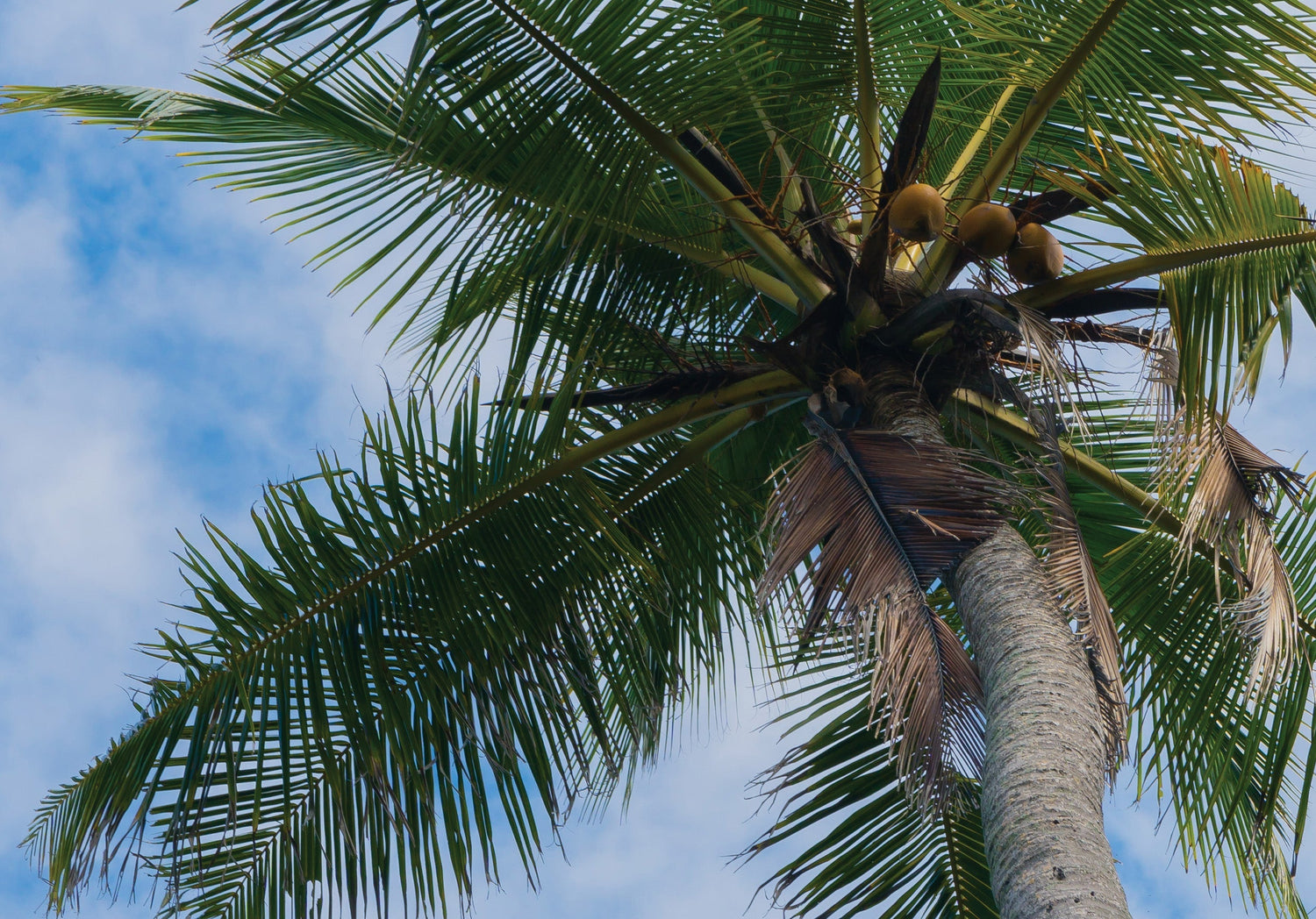Root (wilt) disease (RWD) was first observed in the erstwhile state of Travancore, presently the Kerala state during 1882. The disease was initially reported from three independent locations – Erattupetta area of Meenachil taluk, Kaviyoor and Kallooppara of Thiruvalla taluk and Kayangulam of Karthikapally taluk each at a distance of 50 km. Since then the disease has spread to all directions. The disease is prevalent in a contiguous manner in all the 8 southern districts of Kerala starting from Thiruvananthapuram to Thrissur and in isolated patches in the remaining 6 northern districts of the state. The disease intensity in the contiguous diseased tract ranged between 1.5% in Thiruvananthapuram district to 75.6% in Kottayam district. Apart from this, the disease is also prevalent in the districts of Tamil Nadu and Karnataka adjoining to Kerala State. The disease has also been recorded in Goa. The annual loss due to the disease was estimated to be about 968 million nuts and the monetary loss assessed in terms of loss in husk, copra yield and leaf on the basis of 1984 price index of coconut was of the order of about Rs.3000 million.
Symptom
The coconut palm affected by root wilt exhibits several distinct symptoms. Initially, there is a noticeable tapering of the terminal portion of the trunk, accompanied by a reduction in leaf size. One of the characteristic signs is the abnormal bending or ribbing of the leaflets, termed as flaccidity, which gives the fronds a cup-like appearance. The earliest visible symptom is the flaccidity of leaflets, often accompanied by yellowing that starts at the leaf tips and progresses towards the middle. Necrosis of leaflets and deterioration of the root system further exacerbate the condition. Flowering is delayed, and the overall yield of coconuts is significantly reduced. Additionally, there is abnormal shedding of buttons and immature nuts observed in affected palms. Root wilt of coconut, caused by a phytoplasma, thus manifests in a complex of symptoms that ultimately lead to severe economic losses in coconut cultivation.

Etiology
The causal agent of root (wilt) disease was established as phytoplasma- a phloem bound mollicute by electron microscopy, transmission studies with vectors, dodder transmission, antibiotic therapy and light microscopic staining techniques. The phylogenetic analysis based on 16SrRNA gene classified the RWD phytoplasma to 16SrRNA group XI. The insect vectors transmitting the disease in nature have been identified as lace bug (Stephanitistypica) and plant hopper (Proutistamoesta). The role of these vectors has been established by artificial transmission experiments in caged palms. The coconut RWD has been found to occur on all soil types of Kerala under varying ecological conditions ranging from the high ranges of the Western Ghats to the coastal plains.
Management
Cultural Method
In managing coconut root wilt, cultural practices play a crucial role. Advanced disease palms yielding fewer than 10 nuts annually should be identified and promptly removed to prevent further spread. Growing green manure crops such as cowpea, sunhemp, Mimosa invisa, and others in coconut basins during specific periods enhances soil fertility and reduces disease intensity. Adequate irrigation, ensuring palms receive at least 250 liters of water weekly, promotes healthy growth. Implementing suitable intercropping or mixed cropping strategies diversifies the ecosystem, potentially reducing disease pressure. Proper drainage infrastructure is essential to prevent waterlogging, which exacerbates root wilt symptoms..

Biological Method
In addition to cultural practices, biological methods provide sustainable management options for coconut root wilt. Applying organic amendments like 50 kg of farmyard manure (FYM) or green manure annually, alongside 5 kg of neem cake per palm, enriches soil fertility and enhances disease resistance. Growing green manure crops such as sunn hemp, sesbania, cowpea, and calapagonium directly in coconut basins and incorporating them into the soil reduces root wilt severity while potentially boosting nut yield. These practices are particularly effective on sandy and alluvial soils, where specific crops like cowpea and sesbania thrive and contribute to soil health.
Chemical Method
The chemical approach to manage coconut root wilt involves strategic fertilization and pest control measures. Applying fertilizers at recommended rates of1.3 kg urea, 2.00 kg super phosphate, and 3.5 kg potash (MOP) per palm annually ensures balanced nutrient availability. Magnesium supplementation at 500 g of magnesium oxide per palm per year addresses specific soil deficiencies and supports overall palm health. Controlling insect vectors, crucial for disease transmission, involves treating leaf axils with an insecticide mixture such as phorate 10 G combined with sand or powdered neem cake. These integrated chemical strategies aim to optimize nutrient uptake, minimize pest damage, and mitigate the spread of root wilt in coconut plantations.
Cococon
Mass multiplied ‘Cococon’ should be applied @ 2 litre per tree mixed with 8 litre water at three month intervals around root zone. For mass multiplication, 5 liter mother culture of ‘Cococon’, 10 kg jaggery, 5 litre curd and 500 gram sodium chloride (common salt) are to be mixed with 150 liters of water and grown for 5-7 days by covering the container with gunny bags.
